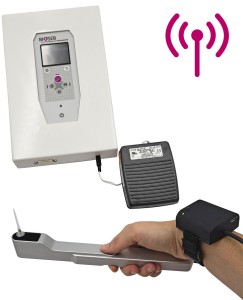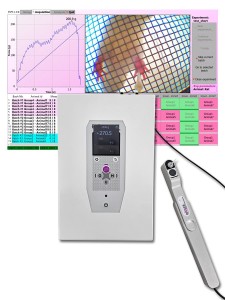Authors
K Feng, X Xie, J Yuan et al
Lab
Shanghai Jiao Tong University Affiliated Sixth PeopleÕs Hospital, Shanghai, China.
Journal
Journal of Extracellular Vesicles
Abstract
Mesenchymal stem cell-derived small extracellular vesicles (MSC-sEVs) possess a great therapeutical potential for osteoarthritis (OA) treatment. However, the steric and electrostatic hindrance of cartilage matrix leads to very limited distribution of MSC-sEVs in cartilage and low bioavailability of MSC-sEVs after intra-articular injection. To overcome this, a strategy to reverse the surface charge of MSC-sEVs by modifying the MSC-sEVs with a novel cationic amphiphilic macromolecule namely _-polylysine-polyethylene-distearyl phosphatidylethanolamine (PPD) was developed in this study. Through incubation with 100 _g/ml PPD, positively charged MSC-sEVs (PPD-sEVs) were obtained, and the modification process showed nearly no distur bance to the integrity and contents of sEVs and exhibited good stability under the interference of anionic macromolecules. A more effective cellular uptake and home ostasis modulation ability of PPD-sEVs than unmodified MSC-sEVs to chondro cytes was demonstrated. More importantly, PPD-sEVs demonstrated significantly enhanced cartilage uptake, cartilage penetration, and joint retention capacity as compared to MSC-sEVs. Intra-articular injection of PPD-sEVs into a mouse OA model showed significantly improved bioavailability than MSC-sEVs, which resulted in enhanced therapeutic efficacy with reduced injection frequency. In general, this study provides a facile and effective strategy to improve the intra-articular bioavailability of MSC-sEVs and has a great potential to accelerate the clinical practice of MSC-sEVs based OA therapy
BIOSEB Instruments Used
Electronic Von Frey 4 (BIO-EVF4),Electronic Von Frey 5 with embedded camera (BIO-EVF5)
Source :

 Pain - Thermal Allodynia / Hyperalgesia
Pain - Thermal Allodynia / Hyperalgesia Pain - Spontaneous Pain - Postural Deficit
Pain - Spontaneous Pain - Postural Deficit Pain - Mechanical Allodynia / Hyperalgesia
Pain - Mechanical Allodynia / Hyperalgesia Learning/Memory - Attention - Addiction
Learning/Memory - Attention - Addiction Physiology & Respiratory Research
Physiology & Respiratory Research











![Dynamic Weight Bearing 2.0 – Postural Module [Add-on]](https://bioseb.com/733-home_default/dynamic-weight-bearing-20-add-on-postural-module.jpg)
























 Pain
Pain Central Nervous System (CNS)
Central Nervous System (CNS) Neurodegeneration
Neurodegeneration Sensory system
Sensory system Motor control
Motor control Mood Disorders
Mood Disorders Other disorders
Other disorders Muscular system
Muscular system Joints
Joints Metabolism
Metabolism Cross-disciplinary subjects
Cross-disciplinary subjects CONFERENCES & MEETINGS
CONFERENCES & MEETINGS 
